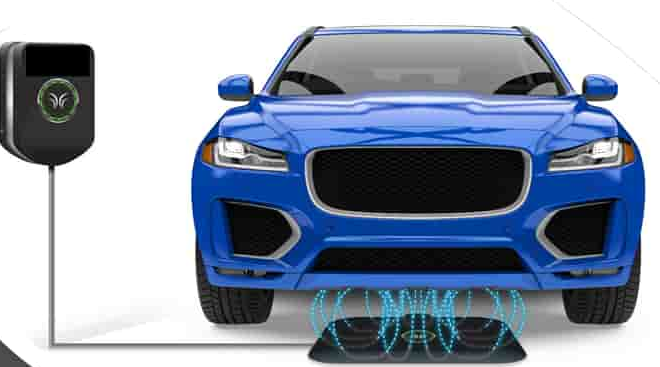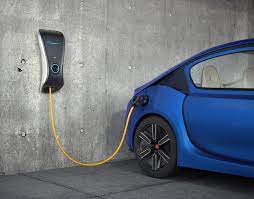I previously wrote about how wireless charging works and why it is a good thing. Basically, the charger is placed in the road bed and inductively connects to a vehicle. This can be both stationary (in a parking space for cars or even at a bus stop) or it can work while traveling along a roadway. What I hadn’t thought about before was the “solar advantage”.
The majority of vehicles are on the road or in parking lots during daylight hours. Thus, powering wireless charging systems from solar energy makes a lot of sense. A specific example I thought of is that the top level of the parking structure at SeaTac Airport (Seattle, Washington) is not covered. Adding a roof of solar panels would offer protection for the cars there and, at the same time, offer a good power source to run inductive chargers in the parking structure.
This is but one example of what seems to make sense to increasing the availability of inductive charging at minimum cost.



